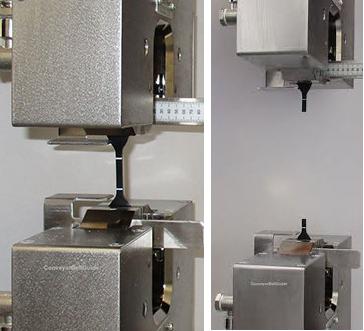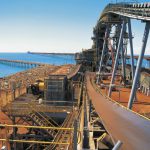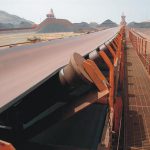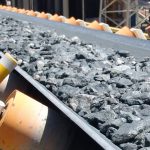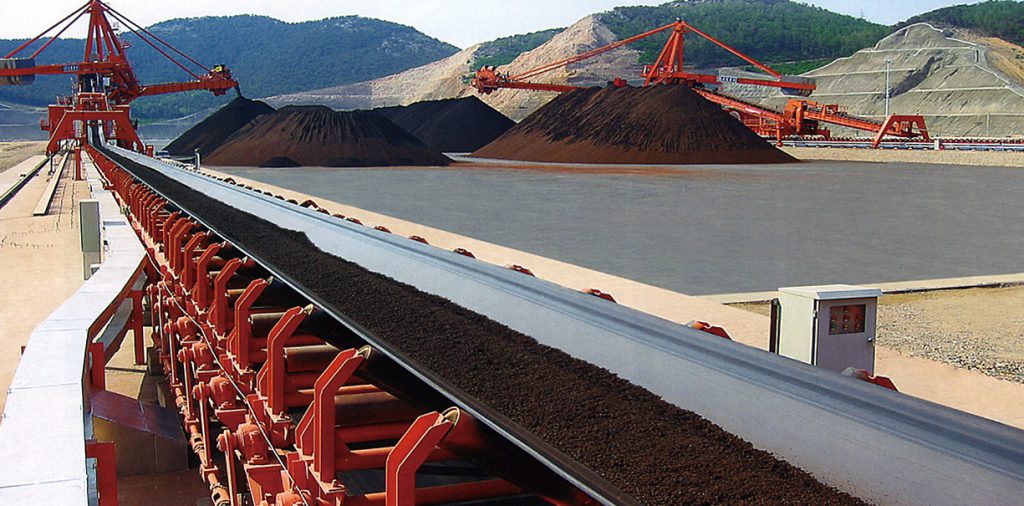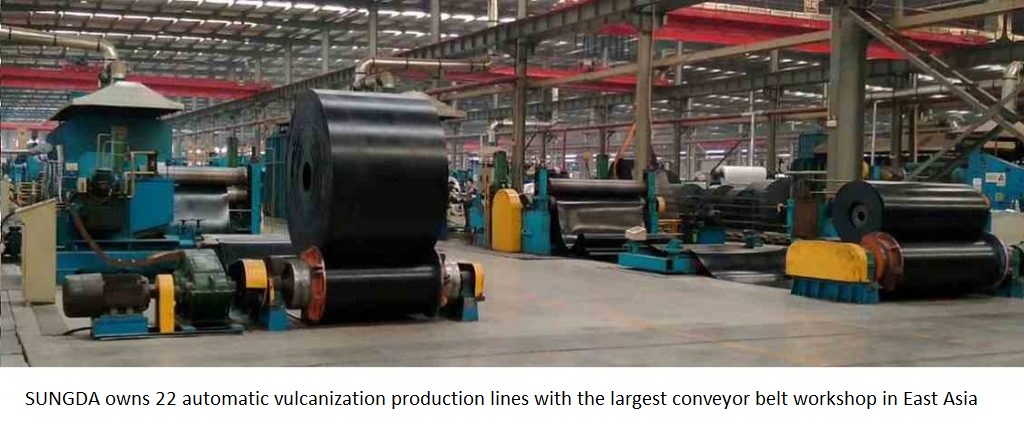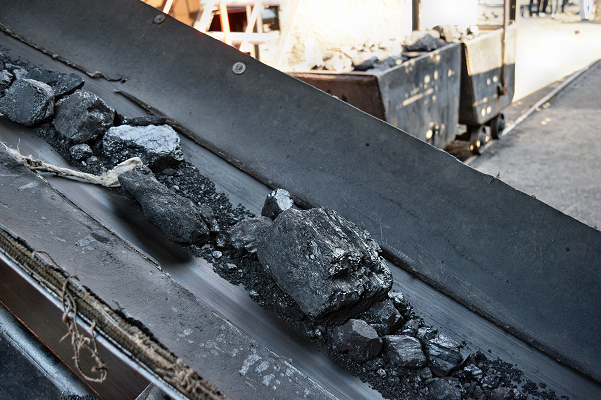The reason why the conveyor belt is getting longer and longer
Most users generally believe that the greater the elongation at break of the carcass material, the easier it is to “stretch” the conveyor belt. This is a very typical misunderstanding. It is related to the habit of using cotton fabric. Here we especially emphasize one point. For EP fabric, we must put aside the existing knowledge of cotton fabric. We think it is “long running”. The main reason is not the elongation at break of the frame material and the elongation at 10% of the nominal strength. “Elongation” is only related to the type of frame material used, that is, to the creep properties of the frame material. Here, we first talk about the creep relaxation characteristics of the material, which will be very useful when discussing the characteristics of the carcass material in the future:
- Fiber creep
Fiber and yarn under the action of constant tensile force, its deformation is proportional to the tensile force. But in fact, under the action of this constant tensile force, the amount of deformation is not a constant, but a quantity that changes over time, and it will continue to increase. Under the action of a certain tensile force, the phenomenon that the deformation changes with time is called “creep”. This is the root cause of the so-called “elongation” of the conveyor belt. In theory, it has nothing to do with the size of the material’s elongation at break.
- Fiber relaxation
Under constant tensile deformation, the internal stress (tension) of the fiber or yarn will continue to decrease over time. This phenomenon is called “relaxation”.
The basic cause of fiber creep and relaxation is the internal structure of the fiber. Under constant tension, the extension of the buckled state of the macromolecules in the fiber, especially the increase in the length of the macromolecular chain and the opening and closing of the bond angle, can be completed in a very short time, which is the rapid elastic deformation. As time goes on, the main chain of the macromolecule rotates locally to extend the macromolecules and adjust the position of the microfibrils. Especially the macromolecules are drawn and slipped in the amorphous region (viscoelastic deformation or rheology) to make the fibers The length is elongated, showing a creep phenomenon, gradually reducing the tension.
In addition to the aforementioned fiber factors, fabric creep and relaxation are related to the slip between yarn fibers for short fiber fabric.
- Reasons affecting fiber creep and relaxation
The main reason for fiber creep and relaxation is the slippage between macromolecules, so the factors that affect the force between macromolecules (such as temperature and humidity) will affect the creep and relaxation.
Many fibers are easy to creep and relax under high temperature and high humidity, so high temperature and high humidity are often used to eliminate internal stress. Especially cotton. The nominal moisture absorption rate is 4.5%. Moisture absorption will cause the diameter to become thicker and the length to become longer. At the same time, the moisture is similar to a plasticizer, which makes the fiber more prone to creep. The polyester has a nominal moisture absorption rate of 0.3%, so it will not happen. Similar phenomenon. Polyester has very little relaxation during stretching and deformation, so polyester has good resilience and wrinkle resistance. This can be analyzed from the comparison of polyester clothing fabrics with other materials. Therefore, polyester should be selected first for transportation frame materials.
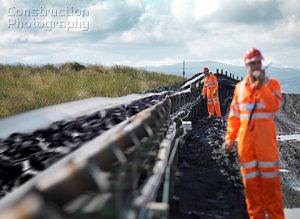
Tags: conveyor belt prolong,EP conveyor belt

